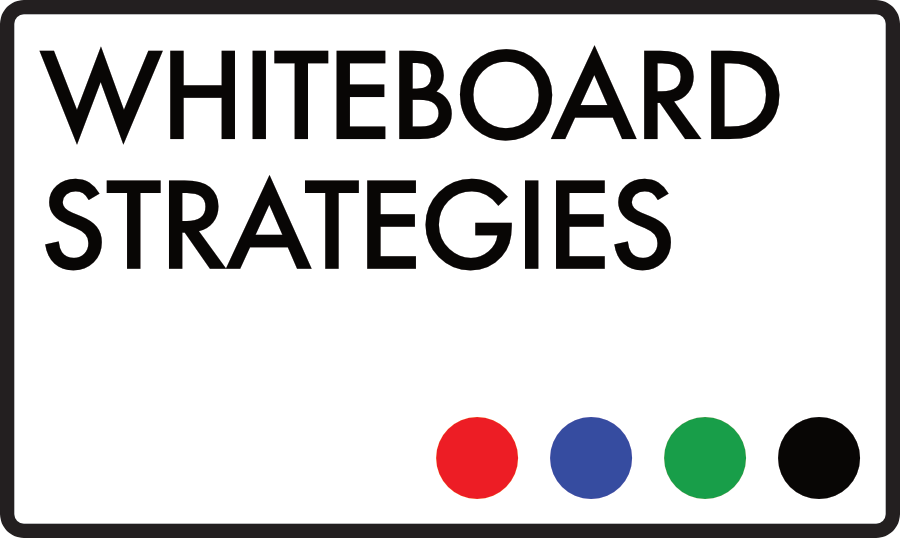This series was going to be called ‘Pitching 101’, until I realised that we’re not actually just talking about sales pitches at all – we’re talking about presentations. It might be a sales pitch, but it could as easily be a presentation to your own staff explaining your new offering, new corporate structure, or new lead gen strategy.
One dynamic that stays much the same, regardless of who the presentation is for or what its aims are, is that between the person giving the presentation and the people watching – the presenter and the presentees, if you like.
This dynamic is great for you as a presenter – it’s a short cut to holding the room, leading the conversation, and influencing the outcome. Being the presenter places you in a default position of authority – it’s the one way that presentation dynamics differ significantly from meeting dynamics. You are not just allowed to take control of the room – you are expected to.
So how do you make the most of that relationship? How do you maximise on the default authority you are being given, and how do you drive a presentation towards the result you want?
Firstly, find some way of physically differentiating yourself from the people you are presenting to. It might be as simple as standing when everyone else is sitting. A lot of sales people particularly shy away from this – it will always be easier to sit, apologetically delivering a limp pitch and then making a swift exit – but it’s one of the most important steps in ensuring that you take control of a presentation opportunity. Using a whiteboard is great for this – it gives you an excuse to get up that doesn’t feel forced or awkward, and it makes you (and your beautifully put together whiteboard) the focus of everyone’s attention.
Secondly, ensure you are presenting with an eye on your final objective. A lot of people are nervous enough about public speaking that they rush their presentations, filling every bit of silence and never pausing to look up or take questions. From the sales intern to C-suite execs I’ve seen this happen. I get it – I know that a lot of people hate talking in front of an audience – but it’s so counterproductive it hurts. You’ll only ever be in a presenting position if you’ve got something that needs presenting, so whether you’re pitching a product or service to a prospect, explaining to your work force why a third of them will be out of a job at the end of the quarter, or rolling out an enablement programme, keep an eye on your end game and make sure you’re presenting in a results-focused way. The presenter / presentee dynamic puts the audience in a receptive mind set – they know that they’re there for a specific reason, so maximise on that and ensure that they are leaving with the specific thoughts, actions or information that you wanted them to.
Thirdly, don’t mistake the dynamic between you and your audience for what it isn’t. Whether it’s the result of nerves, ignorance or arrogance, a lot of presentations get treated as a soapbox, a monologue – when what they should be is the beginning of a dialogue. Again, whether it’s a sales pitch, an investment pitch, an internal explanatory presentation, CPD, or almost anything else, you want to encourage questions. Build contingency for questions into your presentation – allow your audience ample time, opportunity and material to ask questions. There are ways of doing this: some people like to finish a section of their presentation and pause, looking around the room and asking “Any questions at this stage?” – but that can fall foul of people’s apparent inability to ask questions in a group situation. Others finish the presentation and ask questions of the audience, encouraging discussion in a slightly different way – “How do the issues I’ve raised here affect your business?”, “How is this looking in terms of your budget next quarter?”, “How would you take this information away and roll it out to your own teams?” and so on.
The presenter / presentee dynamic can be of huge benefit to you, if you ensure that you are harnessing and leveraging it to its full potential. After all, it’s not every day you are expected to lead a conversation, is it? Make the most of it.

Recent Comments